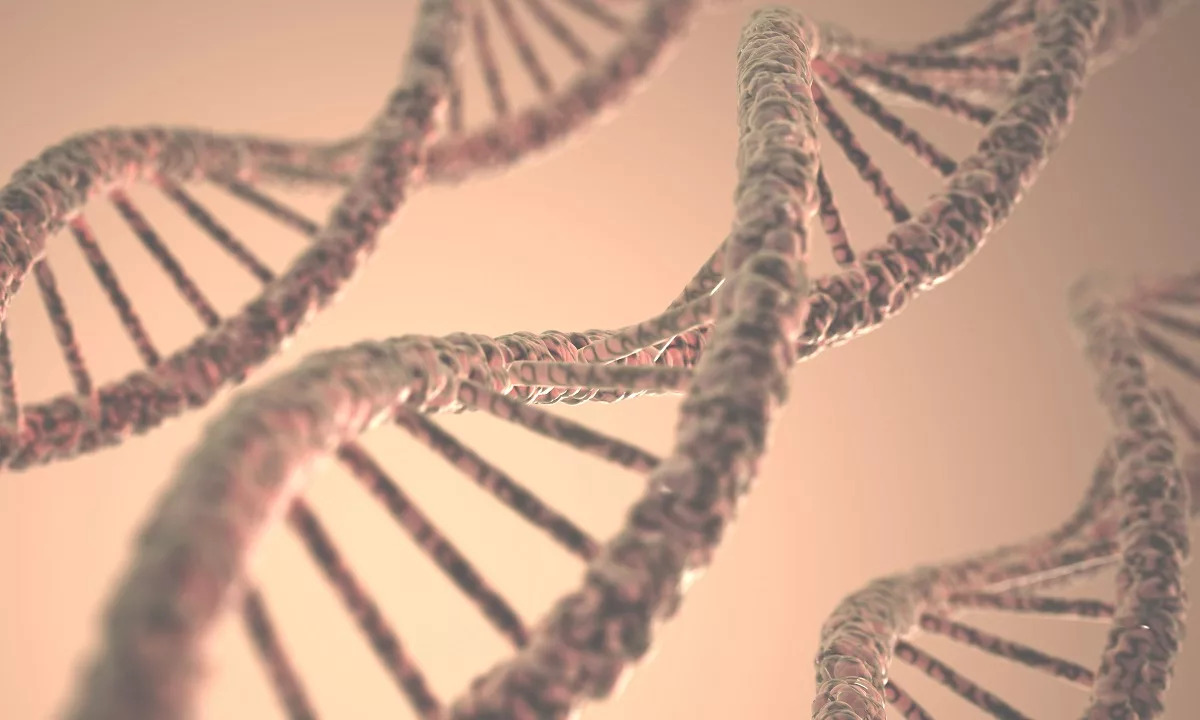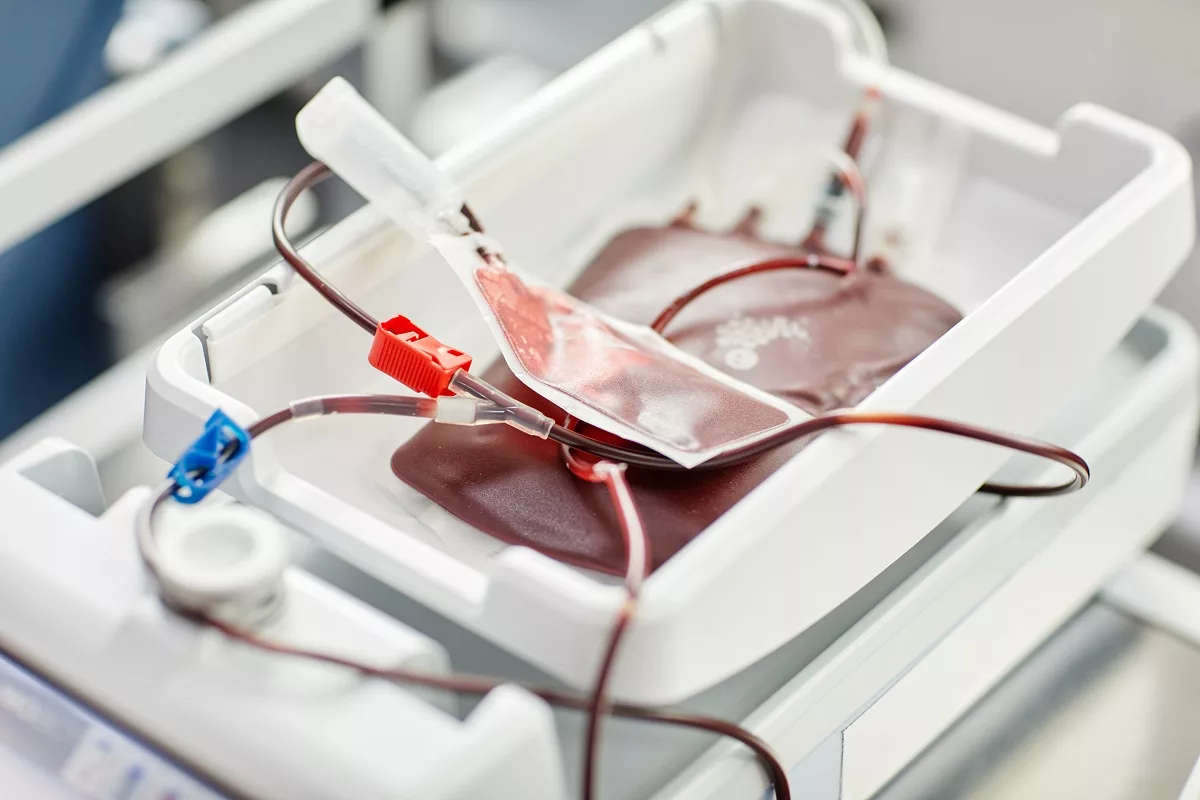A rare inherited disorder that affects the pancreas, bone marrow, and bones of a child is called Shwachman-Diamond syndrome (SDS). It occurs due to certain gene mutations (changes) and may also affect other structures and organs in the body. Usually, children who develop SDS require lifelong medical care, but can live normal lifespans. Without treatment, people with SDS are at increased risk of blood cancers and other life-threatening blood disorders.
In most cases, SDS is diagnosed during childhood, but it can be diagnosed later in life. Usually, it is challenging to diagnose and treat this condition because it causes multiple symptoms and affects multiple parts of the body. For instance, one child with SDS may have pancreas and skeletal problems only, but others may develop problems with bone marrow, pancreas, and other organs and structures.
Furthermore, SDS is an unpredictable condition because the symptoms it causes change over time from mild to severe and vice versa. Generally, people with this syndrome need a team of healthcare specialists.
In addition, it is quite difficult to determine how common this condition is because children with SDS experience a wide range of symptoms (from mild to severe) and do not have the same symptoms. According to some research, it affects about 1 in every 75,000 children.
How Does This Condition Affect My Child’s Body?
This condition can cause multiple health problems. Check below the most significant ones:
- Exocrine pancreatic insufficiency – The pancreas is an organ located in the back of the child’s abdomen (belly). It produces specific enzymes that help break down food into essential nutrients and fats that the body can absorb. In children with SDS, the pancreas cannot produce enough enzymes, which may lead to malnutrition.
- Impaired bone marrow function – The bone marrow produces red blood cells, white blood cells, and platelets. If you have SDS, the bone marrow either produces fewer or does not produce these blood cells. However, white blood cells help protect the body from different invaders (such as bacteria). When you do not have enough healthy white blood cells, it is called neutropenia. Moreover, children with neutropenia have frequent bacterial infections, such as pneumonia, middle ear infection (also called otitis media), or skin infections.
- Skeletal abnormalities – People with SDS are at increased risk of developing scoliosis, chondrodysplasia (abnormal short arms or legs), or thoracic dystrophy (narrow and bell-shaped chest).
Symptoms
Usually, children with SDS experience different symptoms that also vary in severity. Check below the most common symptoms of SDS:
- Failure to thrive – Usually, babies with SDS have difficulty gaining weight because the pancreas does not produce enough enzymes to break down food into nutrients.
- Fatigue (extreme tiredness)
- Lethargy
- Irritability
- Large and greasy poops (bowel movements)
- Serious infections – Sometimes, recurrent infections can be a symptom of SDS.
- Differences in their arm and leg bones
If you see your child experience any of the previous symptoms, immediately contact your healthcare provider.
Causes
This disorder occurs due to a genetic mutation (change) that is passed from biological parents during pregnancy. It is known as the SBDS gene, and physicians do not know why mutations in this gene cause SDS. However, babies may receive the abnormal gene from both biological parents (autosomal recessive manner) or only from one parent.
What Are The Long-term Effects of Shwachman-Diamond Syndrome?
Those who develop SDS may also experience some complications, especially without treatment. Check below some examples:
- Myelodysplasia that eventually may lead to acute myeloid leukemia
- Blood disorders (including anemia, thrombocytopenia, or neutropenia)
- Increased risk of infections (such as pneumonia)
- Myelodysplastic syndrome (MDS)
- Hearing loss
- Neurological problems (including ADHD)
- Liver problems
This article does not contain all possible SDS complications. Moreover, you can consult with your healthcare professional about ways to prevent previous complications.
How to Prevent Shwachman-Diamond Syndrome?
It is not possible to prevent this condition, but you can perform some genetic tests to make sure you do not have this abnormal gene. In general, it is very important to understand the risks of having children with SDS.
Diagnosis
Physicians usually begin the diagnosis of SDS with an evaluation of the overall health and a physical examination. They may also assess your child’s height and weight to get more clues about the disease. However, to confirm this disorder, doctors usually perform the following tests. Check below some of them:
- Complete blood count (CBC) with differential – This test is used to measure and count blood cells (including white blood cells).
- Pancreas function tests – Physicians often perform a CT (computed tomography) scan or analyze samples of the child’s stool to determine pancreas function.
- Blood tests – These tests are often done to check vitamin levels.
- X-rays – Physicians usually perform these imaging tests to get detailed images of different structures and organs in the body. In such cases, it is done to check for skeletal problems.
- Genetic testing – This test involves taking a sample of blood to check for the abnormal gene that causes SDS. Furthermore, this test is the only way to confirm this syndrome.
Treatment
Commonly, physicians prescribe different treatments for people with SDS. It depends on several factors, including the severity of the syndrome, age, other health problems, and preferences. In general, treating SDS involves multiple healthcare professionals. For example:
- Pediatricians – These are healthcare specialists in treating newborns, children, adolescents, and young adults.
- Endocrinologists – Physicians specialized in treating endocrine system problems.
- Hematologists – These are doctors who specialize in blood conditions.
- Gastroenterologists – Healthcare professionals specialized in digestive problems.
- Geneticists – These are doctors who perform genetic tests that help confirm SDS.
- Orthopedic specialists – Healthcare specialists who treat skeletal problems that need surgery.
Check below some treatments often prescribed by doctors for people with SDS:
Exocrine Pancreatic Insufficiency
Usually, doctors prescribe oral pancreatic enzymes or fat-soluble vitamins that help the child’s body absorb nutrients and fats.
Impaired Bone Marrow Function
These include:
- Blood transfusions – This treatment is used to increase the blood cell count.
- Platelet transfusions – This procedure helps increase platelet levels that may help with bleeding problems.
- Granulocyte-colony stimulating factor (G-CSF) – Doctors usually recommend this treatment to boost the number of neutrophils.
- Stem cell (bone marrow) transplantation – Sometimes, people with SDS develop blood cancer or other severe blood disorders. These conditions are often treated with stem cell transplantations.
Skeletal Irregularities
In most cases, physicians monitor skeletal problems. In severe cases, they may prescribe an orthopedic surgery.
Frequently Asked Questions
Is there a cure for Shwachman-Diamond syndrome?
Physicians cannot cure this syndrome. That’s why the treatment goal is to reduce the symptoms and improve the child’s quality of life. Moreover, this is a chronic health condition that requires treatment for the whole life.
What are the symptoms of the Shwachman-Diamond syndrome?
These include:
- Digestive problems (such as diarrhea, fatty stools, and others)
- Frequent infections caused by bone marrow problems
- Skeletal irregularities (including short arm or leg bones)
- Fatigue
- Malnutrition
- Blood disorders
Sometimes, it is difficult to diagnose and treat this condition because people with SDS usually experience different symptoms.
What is the life expectancy of a person with Shwachman-Diamond syndrome?
Usually, the life expectancy of people with SDS is different. Some people may live into their 30s and 40s, while others have a significantly shortened lifespan, especially if they develop life-threatening complications (such as blood cancer). If you have additional questions, ask your healthcare provider.




